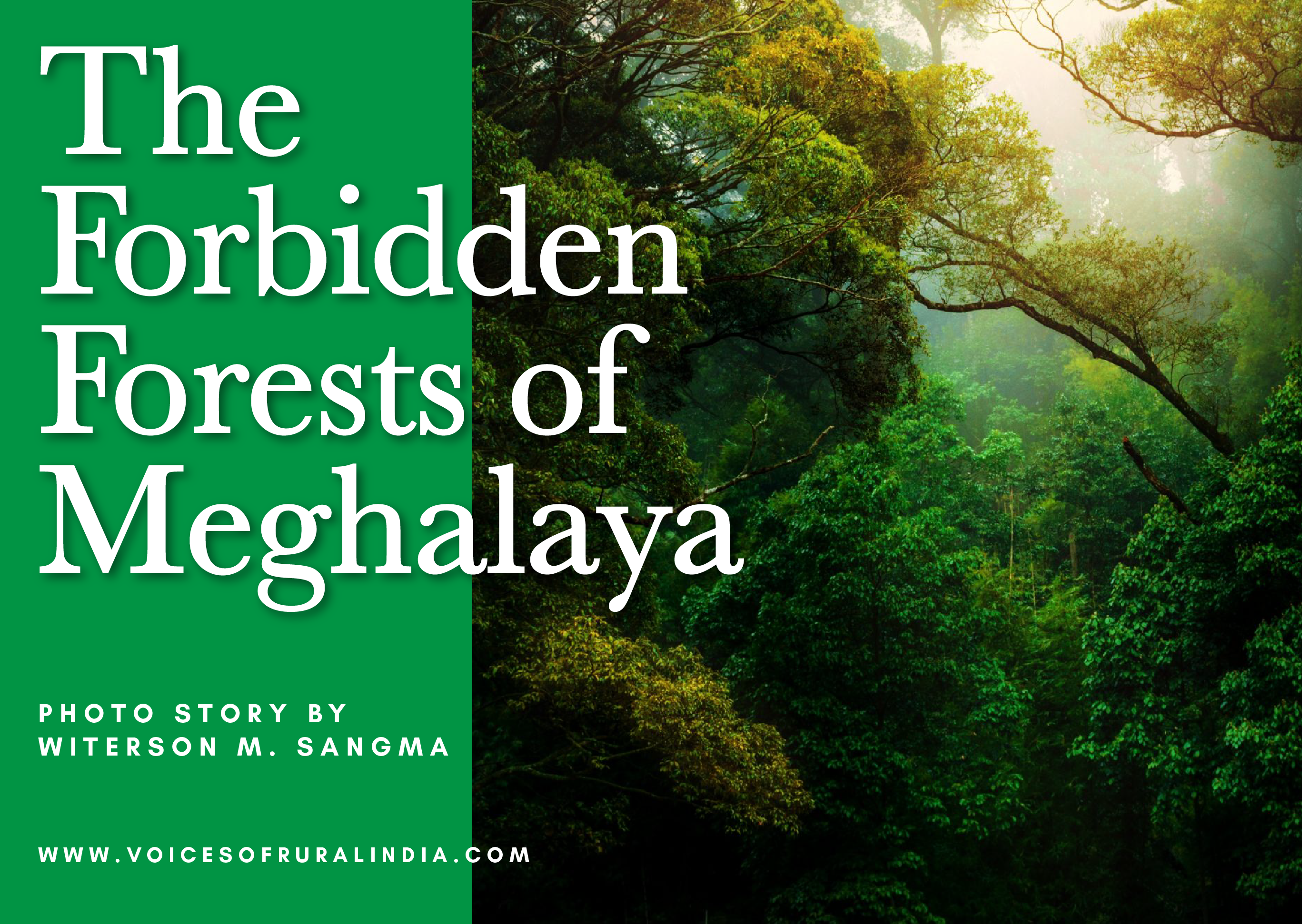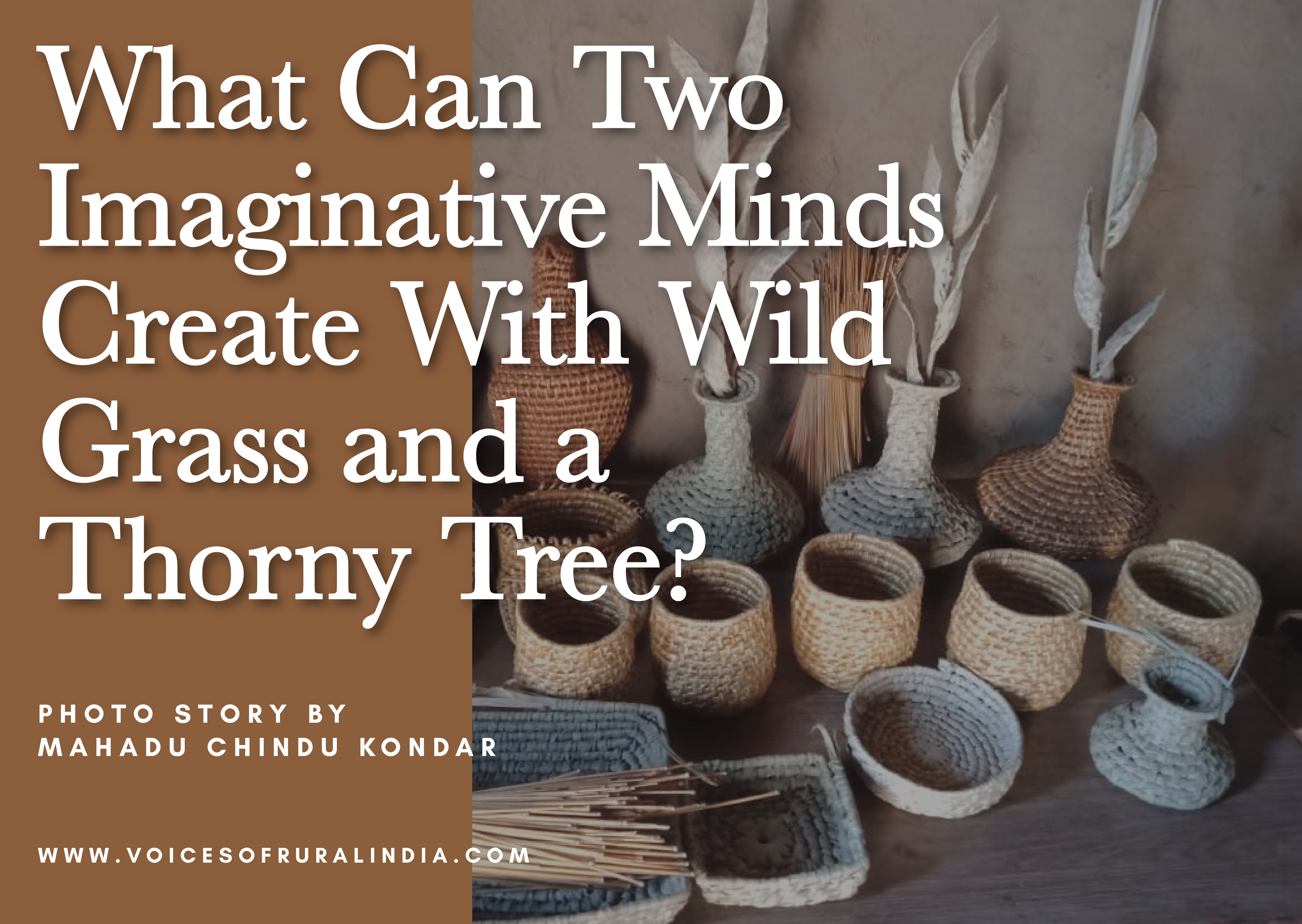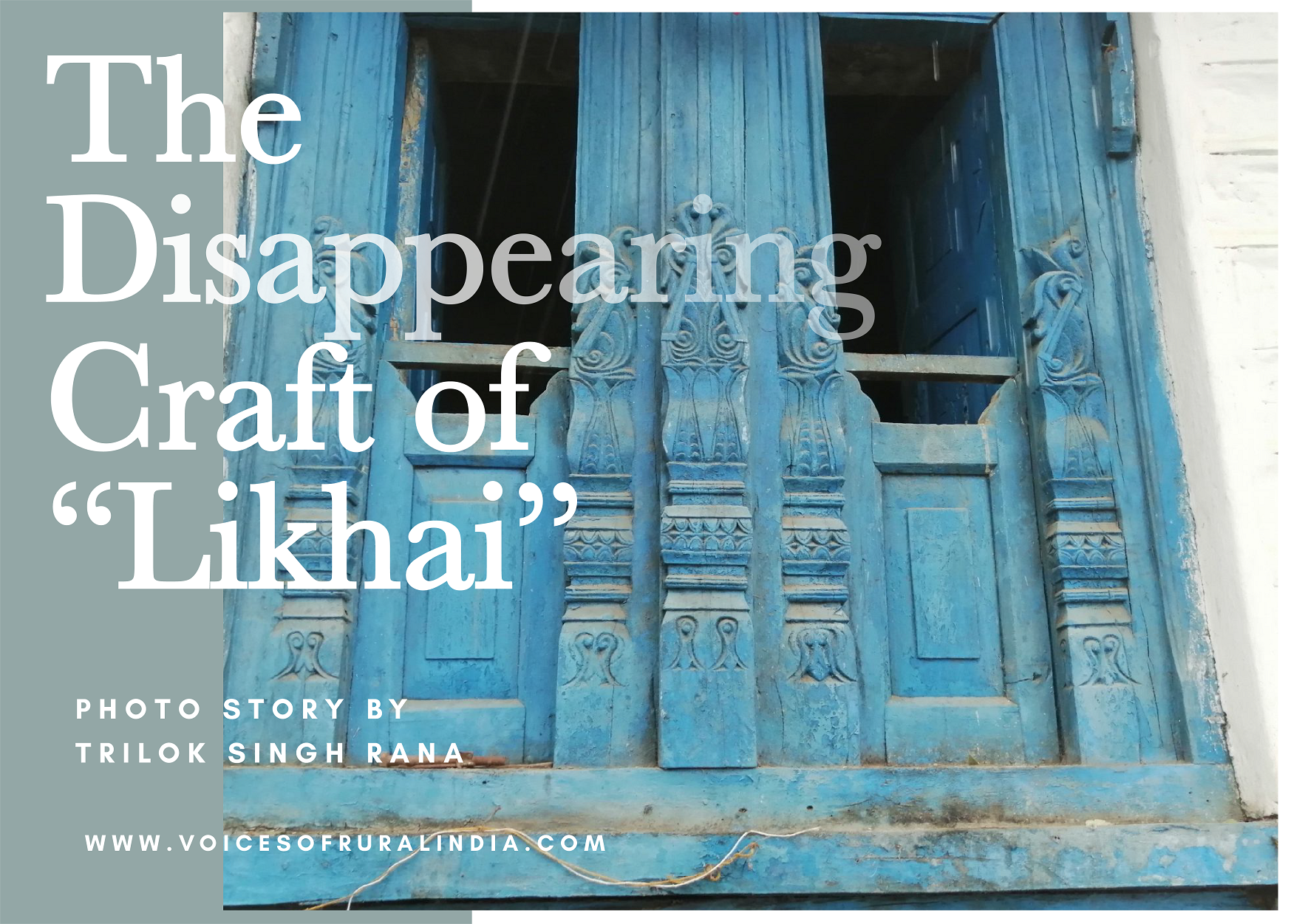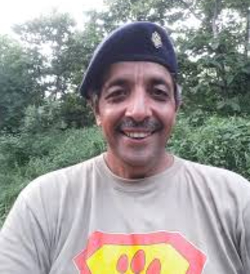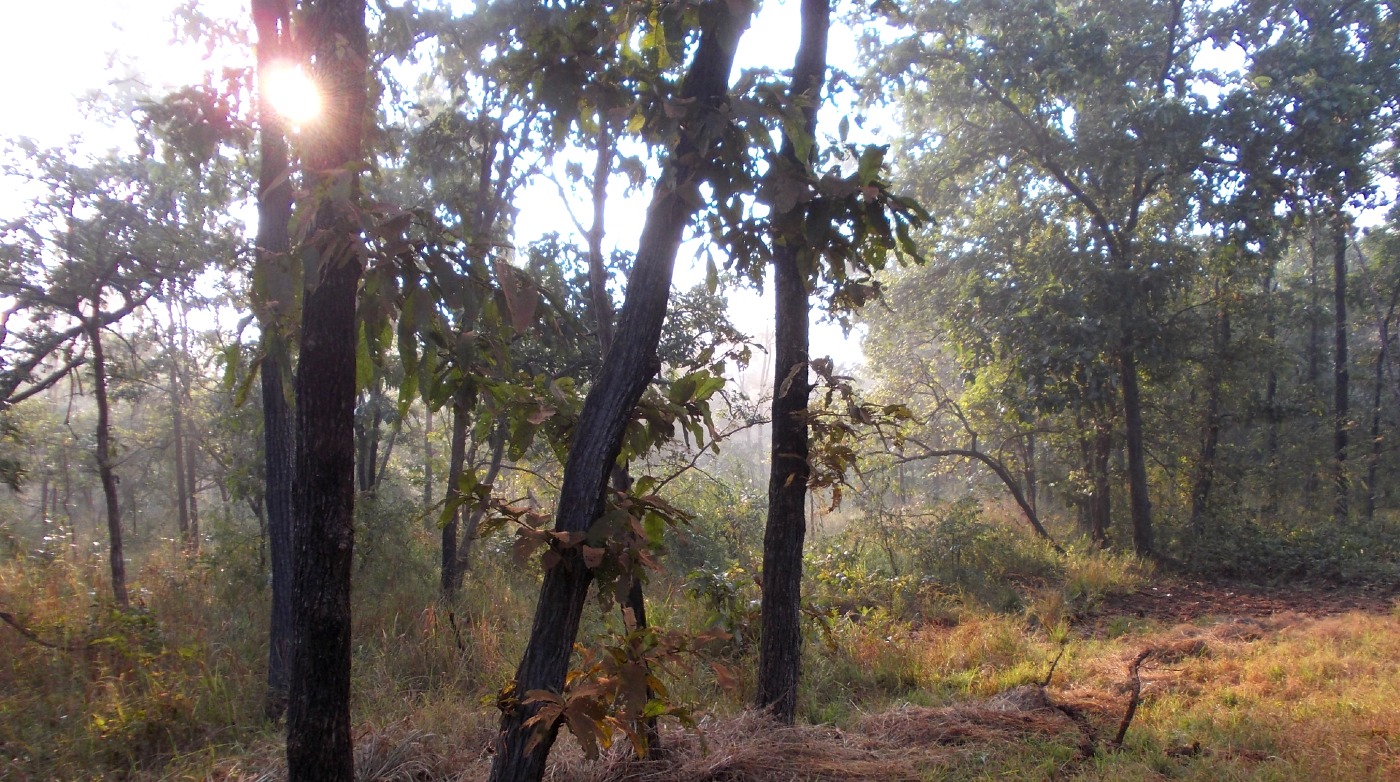
Anirudh Chaoji, Biologist at Tadoba Andhari Tiger Reserve and Director of Ran Mangli Foundation, shares his jungle tales
Tucked away in the wild heartland of Vidarbha in Maharashtra is my favourite wilderness area of Nagzira Wildlife Sanctuary. It is here, decades ago in 1990, that I had what I consider my closest meeting with wildlife!
Nagzira and other forests in Eastern Maharashtra, Madhya Pradesh, Chattisgarh, and Northern Andhra Pradesh comprise some of the last remaining pristine areas of Central India. Many of these forests also offer connectivity for wildlife to migrate. Nagzira and the neighbouring Navegaon National Park together form a robust habitat for apex predators that include tigers, leopards, and wild dogs, along with a strong prey base of herbivores.
This incident took place in 1990 when Naxal movement was still prevalent around Nagzira and Navegaon and the forest department was invariably at the receiving end. It was also the time when nature lovers had the liberty of exploring and enjoying the wilds of Nagzira, Tadoba, Navegaon, and Melghat on foot and did not necessarily have to run behind the tiger in speeding vehicles. The thrill of tracking an animal based on alarm calls, observing droppings or scent marks left behind or by observing bird activity, created lifetime memories. Even the sight of caterpillars chewing up on leaves, beetles rolling up fresh animal scat, butterflies sitting on an animal urine patch, or ground thrushes rustling through leaves in search of little insects can only be experienced when you are walking in the forest.
Into the wilds on a Yezdi...
It was a March evening and the heat of Vidarbha was still bearable. My colleague Hemant Suryavanshi and I had driven to Nagzira on a friend’s old Yezdi motorcycle. We drove for around 25 km into the forest from the town of Sakoli on the Nagpur Kolkata highway.
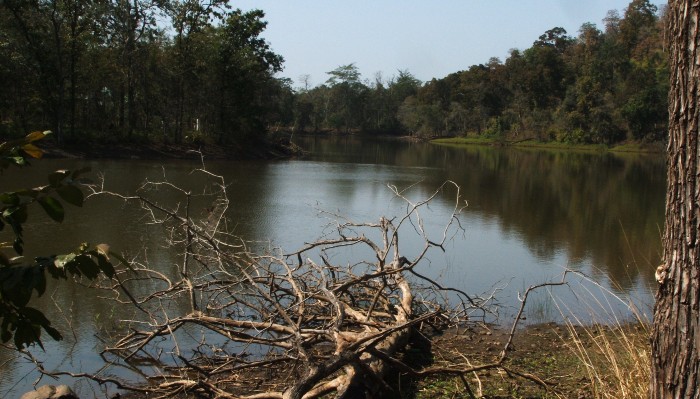
The Nagzira Lake; Photo by: Shrikant Bhujwal
The fading orange red skies were now reflected in the ripple-free lake waters of the spectacular Nagzira Lake. It was dusk, by the time we reached the Forest Rest House located on the banks of the lake. It was my first introduction to this lake and the surrounding forests and needless to mention it was love at first sight. Over the years I made many visits to Nagzira and spent many days and few nights just sitting under the trees by the lakeside. Many birds and animals too, swarmed this beautiful source of water, and I have also seen tiger, leopard, wild dog, sloth bear, sambar, gaur, spotted deer and innumerable smaller mammals around this lake. The lake has provided me with memories of the resident grey-headed fish eagle sharing the banks with tawny eagle, serpent eagle, hawk eagle, honey buzzard, white-eyed buzzard and many other raptors. Birds like the bee-eater, racket-tailed drongo, paradise flycatcher and oriole provided delightful sights while watching them dipping and bathing in the waters while in flight. Also unforgettable was the sight of the shy and brilliantly coloured jungle fowl creeping slowly to the waterfront – only to scream and run away at the slightest movement in the forest. Then there were those million stars and even more fireflies to illuminate the dark nights, in the absence of any electric supply.
Dinner instructions were very simple to the ‘khansama’– we would not be able to tolerate the spicy food of Vidarbha. The Khansama or the cook in these rest-houses, a tradition that from the British times, was invariably the only person who added spice to the daily hardships of the forest staff, who were the only people who ate here and stayed in these rest houses then. Tourists were very few.
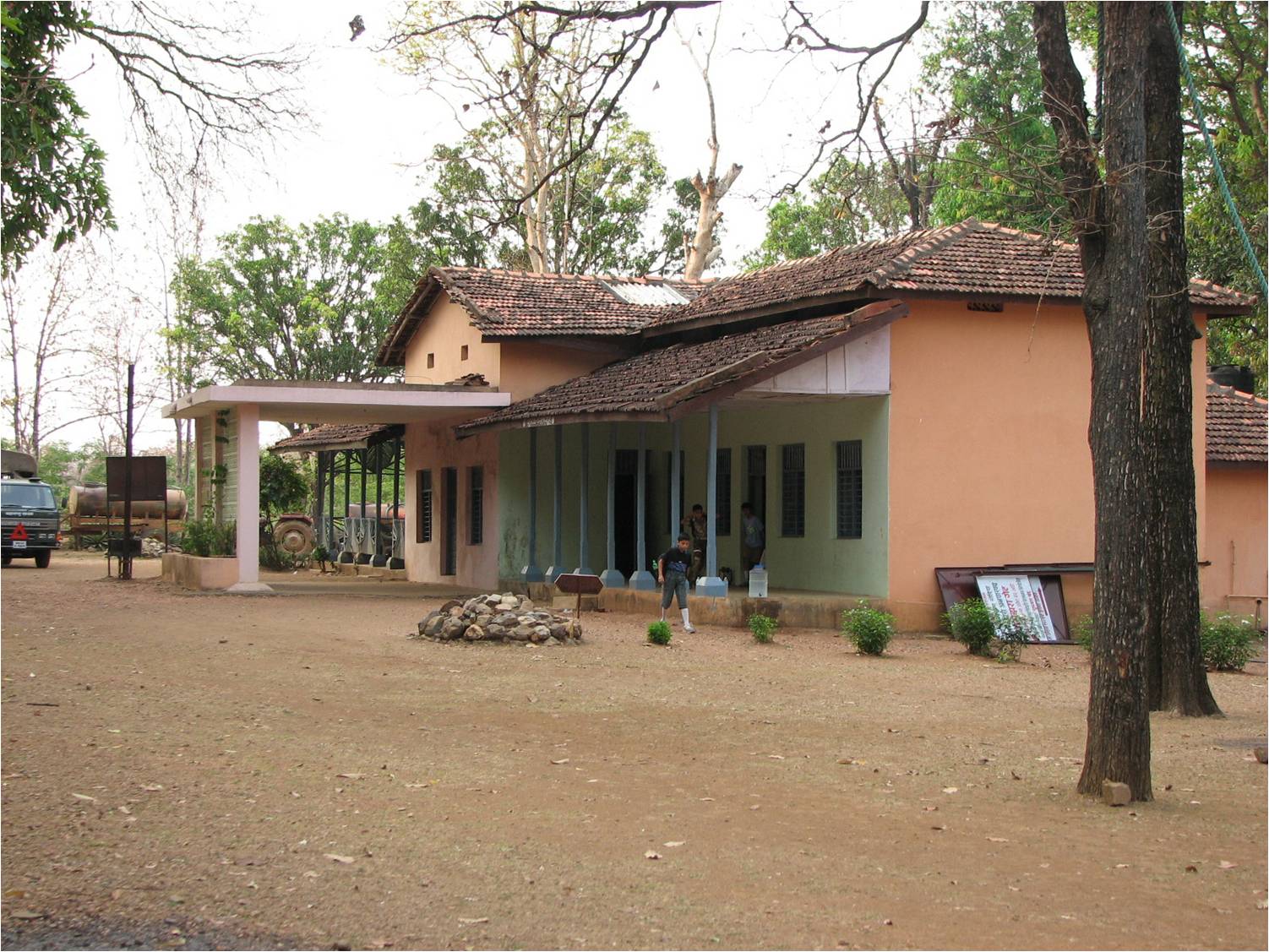
Making camp at Nagzira
We were obviously the only visitors that night. Food was served at around eight and by the light of the dim lanterns we could barely see the contents of the plate, yet it was tasty. After dinner, we chatted with the guards and decided to take a bike ride into the forest. It was our first night there. The idea would have sounded absolutely mad to venture out on unknown forest roads with many turns and diversions. But the guards assured us that Nagzira had an interesting road network where if one continuously kept taking only right or only left turns, one would come back to the same spot.
The guard only warned: “Saheb, be aware of the gaurs that will be in a large group at the hand-pump waterhole. Around 15 to 20 of them assemble for a late night drink. Beware of them and take all left turns and you will be back at the gate.” Gaurs are the largest of our cow family and wrongly referred to as Indian bison. Adult animals are really large and can weigh anywhere around 700 to 1,000 kg. Large males with their dark bodies and white stockings, especially, are a treat to watch as they flex their muscles with every movement. Very often due to this colour, they are mistaken to be from the buffalo family.
A ‘patton tank’ in the jungle
It was almost ten by the time we were ready to leave. Calls of the jungle nightjar, scops owl, and jungle owlet only caused further distraction. Otherwise the forest was very silent and even the cicadas and crickets seemed to enjoy the cool breeze from the lakeside. Our Yezdi however created quite a ruckus in this peaceful night. Soon we were driving on the dark and rough forest road, keeping to the flattest part. Hemant was riding and I took the watchers’ position on the rear seat. I had a Commander torch, the best in those days. Almost immediately, we got a fleeting glimpse of a group of spotted deer as they elegantly flew past across the road ahead of us. By now we realised the ineffectiveness of our Yezdi’s headlights. So with the additional inputs from the Commander’s beam, we continued our exploration. We noticed many inquisitive shining eyes of more spotted deer, also called ‘chital’.
Interestingly, most of the animals in this group had antlers of varying sizes, indicating that they were a part of a ‘bachelor group’. These were the unlucky guys, who had no girls to go around with. The dominant male of a ‘family group’ called the alpha male, ensures that none of these bachelors come anywhere close to his harem of females. The bachelors too, leave no opportunity to try to displace this alpha male. A deadly duel of antlers often leaves one of them badly bruised. The winner of this duel gets to keep the flock of many females and their calves. Thanking our stars that such jungle laws did not extend to the more ‘civilized’ two-legged creature, we moved on.
The moon with half-a-smile was high up in the sky. I could enjoy the sight of the lofty outlines of the trees on both sides of the forest road. Hemant was not so lucky. He had to concentrate hard to keep the machine hugging the mud road. Patches of pebbly ‘murum’ soil made scouting around almost impossible for him. I, on the other hand, was enjoying being chauffeured around in the beautiful night in the forest.
Around 2km from our rest house, we came to the left turn that the forest staff had warned us about. The disadvantage of having a noisy motorcycle was that it advertised our presence to the wildlife around. Little wonder then that, alerted by our noise, huge gaurs started crossing the road ahead of us. They seemed to be surely well over twenty animals. We waited for all of them to cross over. It was almost seven to eight minutes till the last of those black objects had crossed over into the neighbouring forest.
Now it appeared to be safe for us to move on. The road ahead was a gradual slope till around the place where the gaurs had passed. We guessed that on the left side here was the location of the hand pump waterhole. We could barely see the road at this point. In the dim headlight, we started driving down the slope in the direction of the hand-pump.
My torch was pointed to the right in search of the group of gaurs that had just walked past. They appeared to have reached well inside the forest. I could not notice any movement in the darkness, but suddenly the breaking of a stick on the left made me turn in the direction of the hand-pump. I froze at that sight of a huge male gaur staring at us. He probably was the alpha male and was the last to drink after the females and calves. The five feet plus tall structure surely seemed to carry over a ton of raw power. He was about to cross the road. But seeing us across his path, he started to bolt in the same direction as us – parallel to us! I called out to Hemant: “joraaat- faster... as fast as you can...”
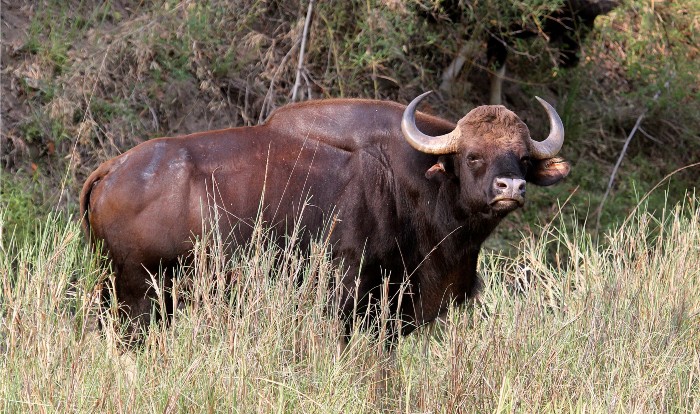 A gaur in Nagzira
A gaur in Nagzira
I could see the huge horn and red eye so close to me, just about two hands length away and running besides me and appearing to overtake us any moment. It was like a Patton tank moving at a Ferrari speed, making the earth pound heavily, louder than even the Yezdi. The next few seconds were the longest seconds of our lives. Hemant had to keep the speeding bike on the pebbly path that had suddenly started to climb beyond the waterbody. And I just about managed to keep my torch focussed on the black figure. Collision now seemed almost imminent...
Something miraculous suddenly happened. Our Patton tank decided to change course and take a left turn into the forest, instead of head-butting us. He kept crashing into the bamboo forest for a little while and then he appeared to stop. As far as Hemant was concerned, he did not stop the bike till about half a kilometer from this place. Both of us were breathing heavily. We stared at each other for almost two minutes and suddenly burst out laughing loud. It was a close encounter of the wild kind that both of us will never ever forget.
The next three days and nights were not so eventful. We spotted a tigress and her cub across the lake one night and then had regular sightings of spotted deer, sambars and also gaurs, but all at a safe distance.
This was the beginning of my love affair with Nagzira. I came back many times after this, and every time I made it a point to go and see if the gaurs still visited the waterhole. With each visit, my fascination for Nagzira has only grown. Memories of the palas flowering, the kanchan creeper hugging the tall ain trees, racket-tailed drongos and pitas producing the symphony in the bamboo clumps, and the fish eagle calling out from the nest across the lake are difficult to erase.
And yes, the gaurs still visit the hand-pump waterhole regularly.
Main Photo By: ANWESHAANNA / CC BY-SA (https://creativecommons.org/licenses/by-sa/4.0)



